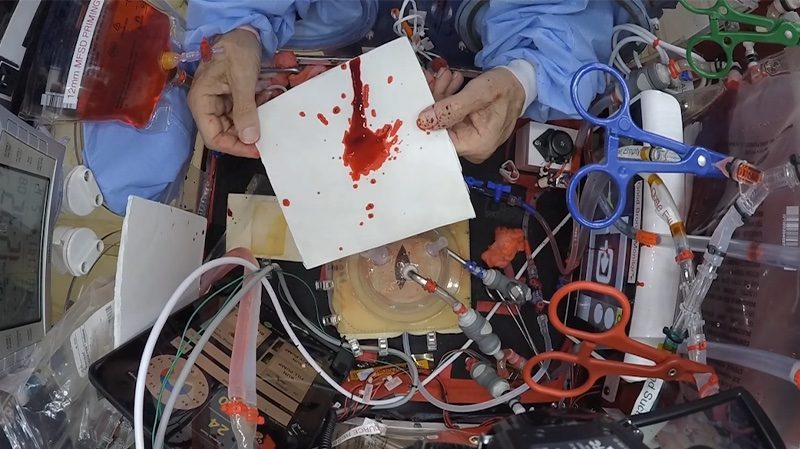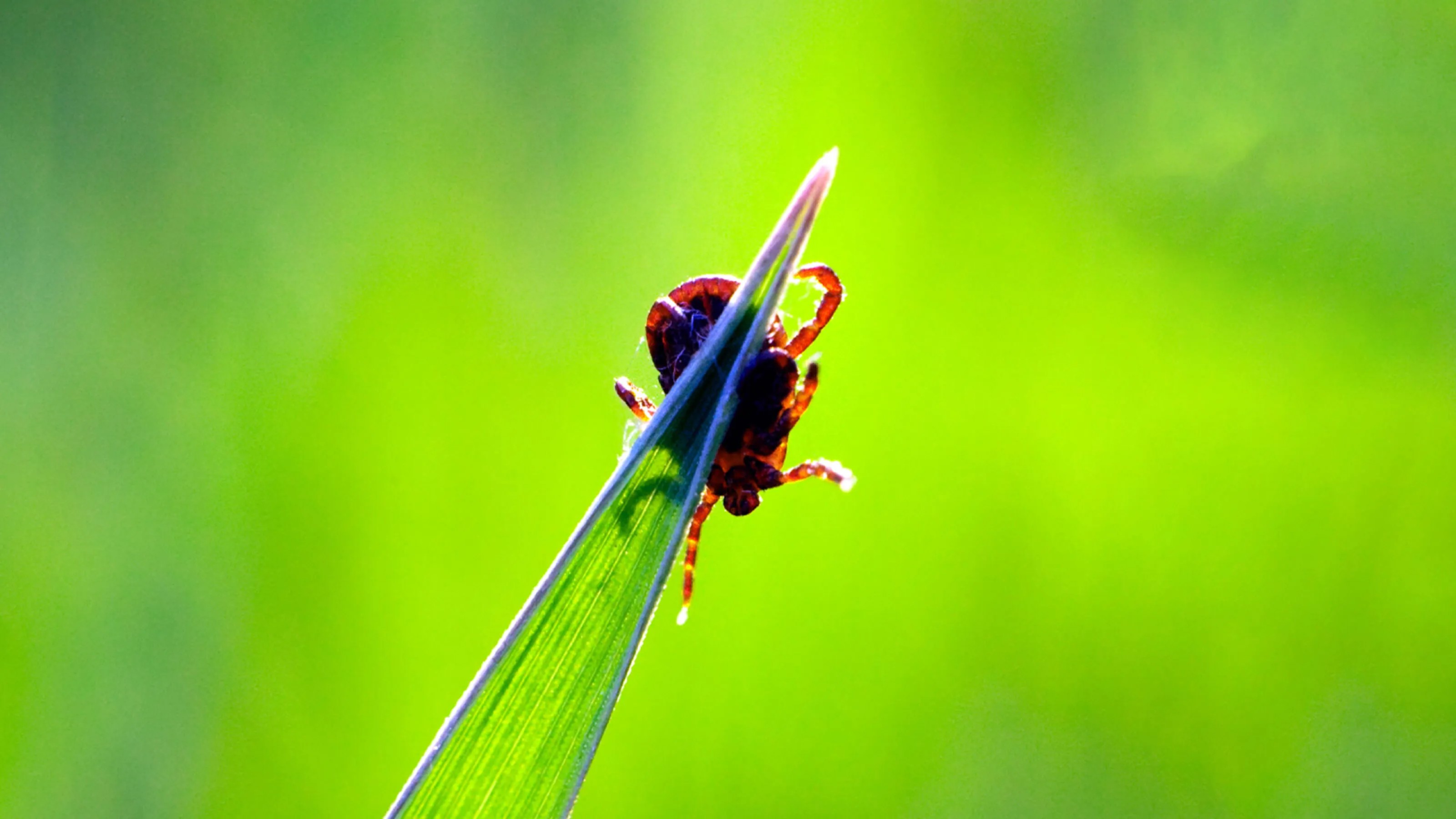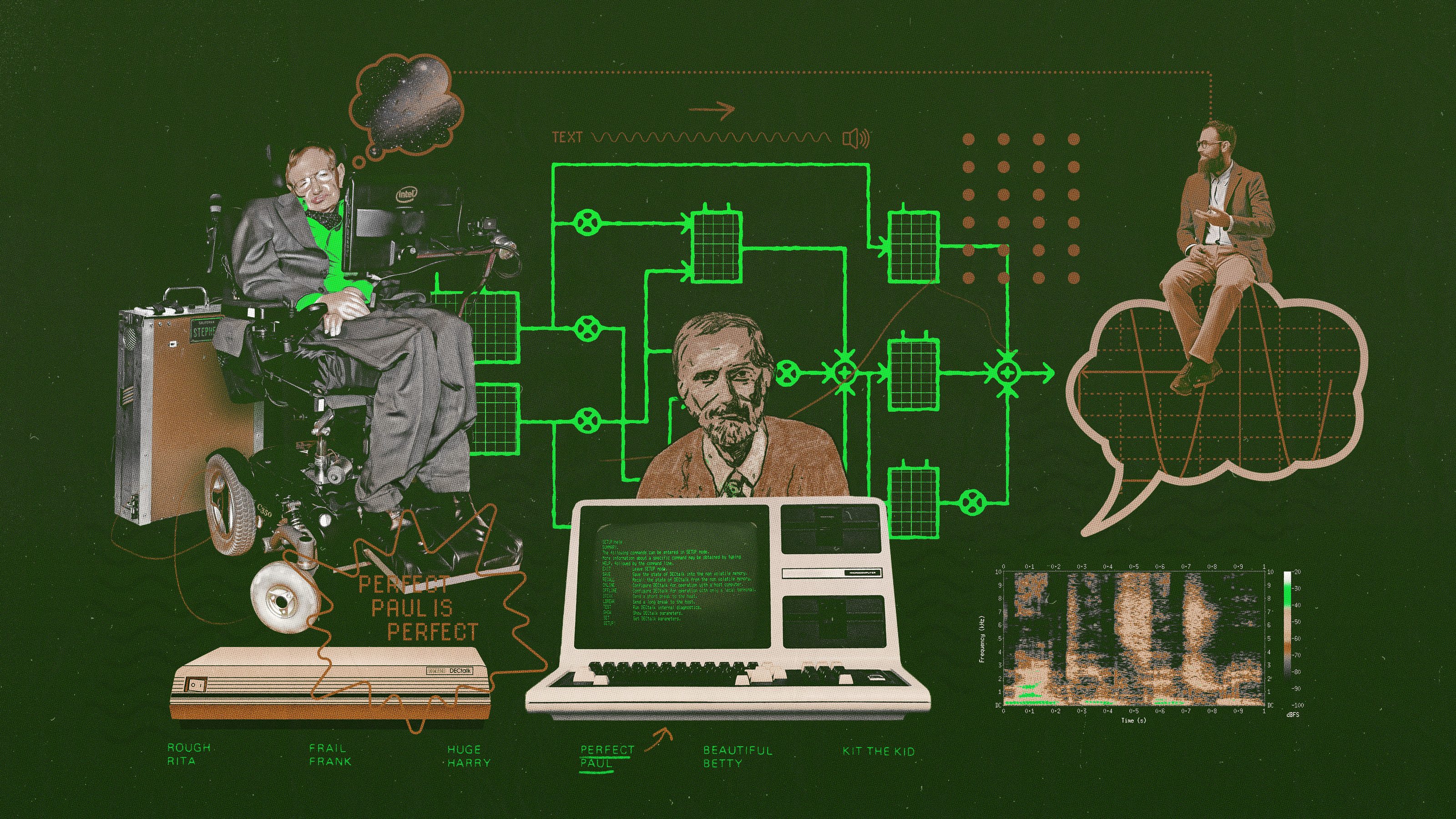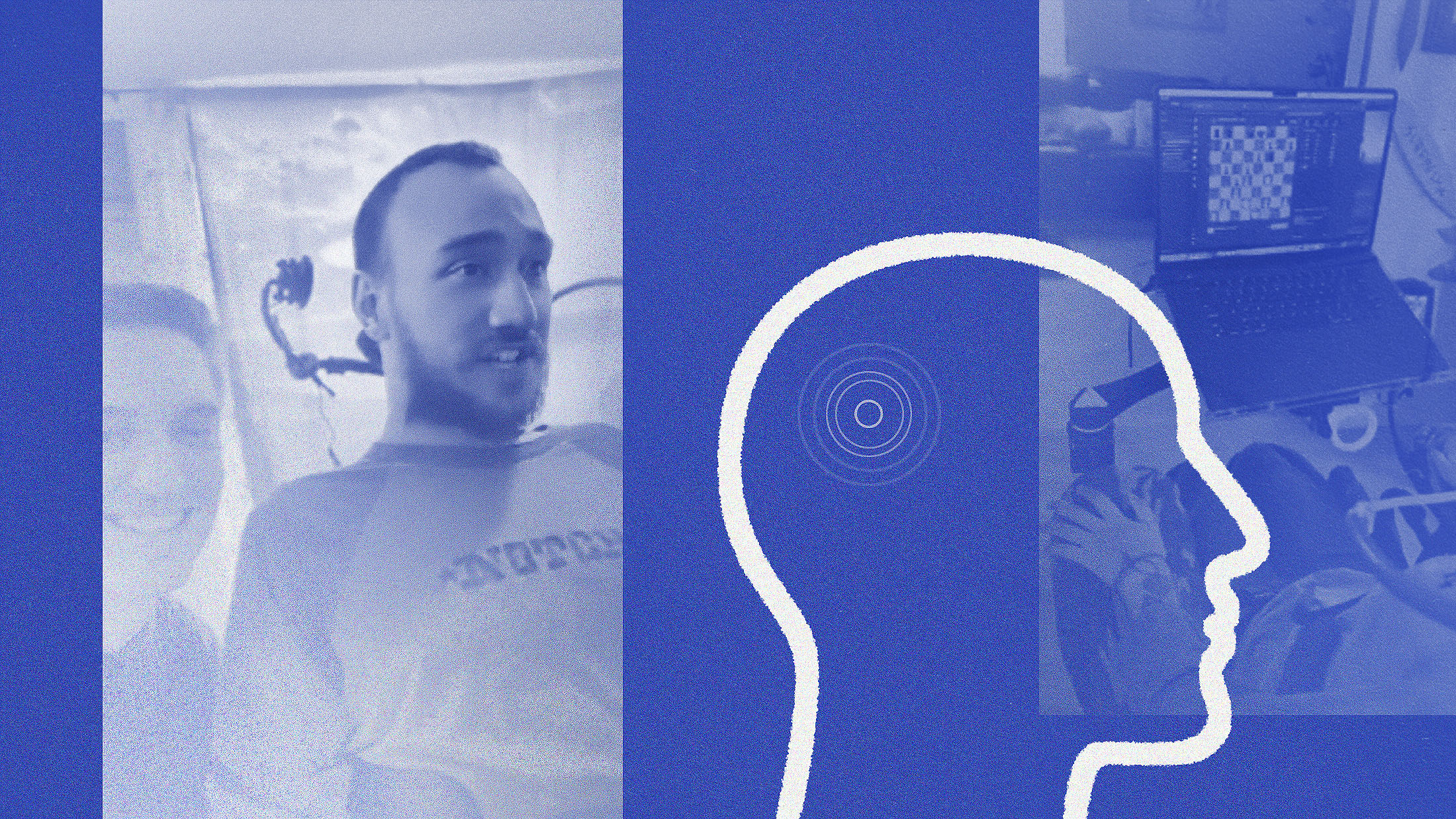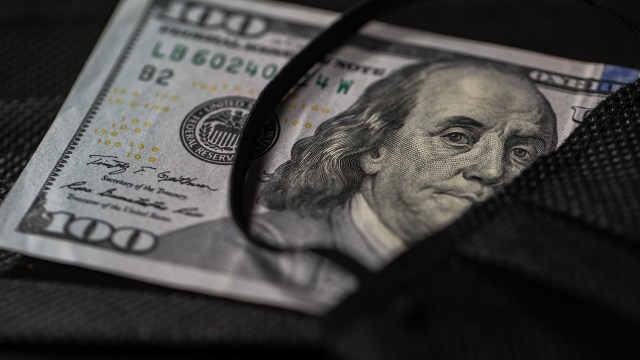The anti-vaxx agenda of ‘Plandemic’
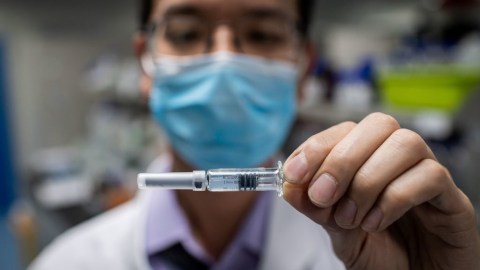
Photo by Nicolas Asfouri / AFP
- A new documentary, "Plandemic," states that it is uncovering a global cabal trying to implement forced vaccinations.
- The first clip's interview subject, Judy Mikovits, is a known anti-vaxxer.
- This agenda-based film features contradictory evidence and false claims while being championed as a beacon of truth.
In 1990, American attorney Mike Godwin coined “Godwin’s law,” which states that “as an online discussion grows longer, the probability of a comparison involving Nazis or Hitler approaches 1.” When Nazis are invoked the debate is over. Godwin has made some exceptions, such as the Trump administration’s implementation of refugee detention centers being compared to concentration camps. In general, little actually lives up to the horrors of the Holocaust, though anyone without credible evidence trying to win a debate foolishly invokes Hitler.
Cue COVID-19.
Over the past two days my social media feed has been dominated by a clip from the forthcoming documentary, “Plandemic.” It only takes until the third paragraph of the film’s description to discover that the current forced global vaccination program is rooted in Hitler’s Germany. A few sentences later we “flash forward to 2020” to find out the “masters of the Pandemic” are finally finishing the job—on us.
Said clip features former researcher Judy Mikovits, who has become a minor celebrity on the anti-vaxx circuit. Her interview doubles as a promotion for her latest book, which is based on an ongoing war she’s waging with Dr. Anthony Fauci. Her Twitter feed is filled with anti-Fauci rhetoric alongside glee that Donald Trump is now listening to her. She has explicitly called for the entire leadership of the COVID-19 response team to be fired.
Mikovits’ story is not unlike Andrew Wakefield’s, the discredited British physician who was paid to invent the vaccine-autism “conspiracy.” In 2011, Mikovits attempted to link a newly discovered retrovirus to Chronic Fatigue Syndrome, only to partially retract the paper after the study could not be replicated. The journal, Science, later fully retracted Mikovits’ paper, just as The Lancet had done with Wakefield’s research (which also could not be replicated). In 2017, Mikovits published a book on retroviruses and…autism.
(Interestingly, in “Plandemic,” Mikovits wants to end the Bayh-Dole Act, which allows federal funding recipients to file patents on inventions they’ve created. She cites a conflict of interest regarding Fauci. There is no mention of Wakefield’s filing a patent for a measles vaccine while he was trying to discredit existing vaccines.)
As I wrote about last week, we’ve entered a strange territory where the far Left and far Right are converging. Truth is colliding with truthiness. “Plandemic” is based on a serious problem in our market-based system: pharmaceutical companies taking advantage of for-profit health care. We also, as Mikovits recommends, need to take care of our immune system. But to claim that we don’t need a vaccine because our immune system will take care of us overlooks people born with pre-existing conditions, as well as the fact that this virus is unpredictable. Her “contrarian” attitude sells books and get clicks. What it doesn’t do is help our situation. Contrary to the film’s stated goal of waking people up, it accomplishes the opposite: by spreading misinformation, it’s making people more fearful and ignorant of the scientific process.
The overall premise is true: Big Pharma is one of modernity’s most lucrative industries. Billions are made on our suffering. For example, I’ve spent the last six months researching the chemical imbalance theory of mental health, which, beginning in the fifties through the present day, has been one of health care’s greatest failures. There are real conspiracies that need to be addressed, such as this administration’s complete failure to test Americans. But instead of putting our time and energy into, say, voting, we spin our wheels over invented conspiracies that are only furthering fear and confusion.
Below are seven instances that display how conspiracy theories are baked into “Plandemic.” To borrow from Mike Godwin, perhaps Beres’ law is number eight: “As an online discussion about vaccines grows longer, the probability of a comparison involving Bill Gates approaches 1.” Because obviously, he’s in there too.
1. Anti-vaccination agenda
The film opens with Mikovits’ new book, Plague of Corruption, published by Skyhorse Publishing. This house has skin in the anti-vaxx game. The house’s founder and publisher, Tony Lyons, said in 2014 that “my main focus in the publishing field has become books about autism and the connection between autism and vaccines.” Skyhorse has published two of discredited physician Andrew Wakefield‘s anti-vaxx books. (Note: my last book was published by Carrel, a division of Skyhorse. I was not aware of the anti-vaxx connection until after it was published.) Mikovits’ co-author, Kent Heckenlively, is a known anti-vaxxer and a founding editor of the anti-vaxx website, Age of Autism. The book’s foreword was written by Robert F. Kennedy, a leader in the anti-vaxx movement. So when Mikovits states in “Plandemic” that she takes no issue with vaccinations, she sure hangs around plenty of people that do.
2. The flu vaccine linked to coronavirus
Mikovits links COVID-19 with the flu vaccine based on a January 2020 study of Department of Defense personnel. Indeed, getting the flu vaccine appeared to result in an increased risk of being infected with a coronavirus. The problem: the coronavirus studied was the common cold, not COVID-19. This study was also based on one flu season. A previous, larger study covering six flu seasons found no such association. In the film you’re led to believe that getting a flu vaccine increases your risk of getting COVID-19. There’s no evidence of that.
3. The ongoing debate over hydroxychloroquine
Mikovits expresses consternation that the anti-malarial drug, hydroxychloroquine, is not being used more. She states that it’s been on the WHO Model Lists of Essential Medicines for 70 years. Almost: it was approved for medical use in America in 1955. While it has been successfully used to treat malaria, lupus, and rheumatoid arthritis, evidence of its efficacy in treating COVID-19 is conflicting. This does not mean that it might not work in combination with other drugs. The way the film is edited, however, makes it appear that Fauci is stating that evidence of hydroxychloroquine’s efficacy is anecdotal in regards to any usage. His clip, specific to COVID-19, is right after Mikovits’ citation of the WHO list. In this case, Fauci is right: evidence of hydroxychloroquine’s efficacy in treating COVID-19 is, to date, anecdotal. The film then flashes to a doctor berating Fauci’s assessment. He then angrily asks Fauci if he’s going to clinically test a vaccine. Considering over 70 are in various phases of clinical trials around the world, the answer is likely yes, but the film makes it seem the opposite.
4. The Bakersfield doctors
Here they are again. Dr. Dan Erickson and Dr. Artin Massihi, the team that runs an urgent care center in Bakersfield, were forceful in their assessment that sheltering in place is nonsense. Their videos were taken off of social media for spreading misinformation, yet that makes perfect fodder for “Plandemic.” To be fair, in one clip they make a good point: humans needs to be exposed to bacteria. Our immune systems require exposure. In normal times, we’ve gone overboard with antibacterial soap. Kids need dirt.
The problem is that this point is conflated with sheltering at home. What we’re avoiding is not bacteria, but overwhelming our health care system. Sure, a large percentage of those infected with COVID-19 are asymptomatic. Doctors are still trying to understand why that is. We’re protecting vulnerable populations whose immune systems cannot handle it as well as doctors and nurses. The film’s editing is disingenuous. It makes it appear that if we only got a little COVID, we’d all be alright. The debate over herd immunity is a separate conversation. The short-term solution is sheltering at home. It’s not about taking away our freedom. It’s buying researchers and hospitals time. These doctors should know better.
 Judy Mikovits in “The Plandemic.”
Judy Mikovits in “The Plandemic.”
5. Shady montage
The film claims that we’re being driven to hate one another by our media outlets. That is a debatable but important point. Social media is certainly polarizing. We know that. This claim is made over a montage featuring Alex Jones (who recently contemplated cannibalism) and Sean Hannity (a leading voice for the sheltering at home protest movement) alongside comedians Trevor Noah and John Oliver. Sure, the latter are politically liberal. But since when is cannibalism a conservative principle? This montage makes you feel as if all media is flawed. The implication is that you can only turn to films like “Plandemic” for the truth. In criticizing the “us versus them” mentality, the filmmakers are trying to win viewers over to “their” side.
6. Cult dog whistling
The company behind this film made its mark by distributing and marketing the documentary that led to the book, “The Secret.” Barbara Ehrenreich said it best when stating that the self-help techniques inside this book—”ask, believe, receive”—promotes a failure to engage with reality while promoting political complacency. The author, Rhonda Byrne, tows a very old myth: You’re the only reason that you’re in the shape you’re in. If you’re having problems, that’s on you. You’re not asking hard enough. “Plandemic” relies on a tried and tested cult technique: the world is toxic, but we have the answers. This is indicated when Mikovits says, “Hopefully this is the wake-up call for all America to realize this makes no sense and we win because it will take down this whole program.” You’re either with us or against us. The same mostly white and affluent demographic targeted by Byrne makes up a large portion of the anti-vaccination movement. Magical thinking is easy when you’re not poor or oppressed.
7. Surprise outbreak
The clip ends with Fauci speaking at a 2017 commencement address. He states there is no doubt there will be a surprise outbreak due to a pandemic. This theatrical ending implies that he’s been in on this the whole time (wink, wink). But let’s consider a 2007 review by a team of scientists in Hong Kong:
“Coronaviruses are well known to undergo genetic recombination, which may lead to new genotypes and outbreaks. The presence of a large reservoir of SARS-CoV-like viruses in horseshoe bats, together with the culture of eating exotic mammals in southern China, is a time bomb. The possibility of the re-emergence of SARS and other novel viruses from animals or laboratories and therefore the need for preparedness should not be ignored.”
Obama warned of a potential pandemic too. In fact, a lot of researchers have been sounding the alarm. This Larry Brilliant interview from 2017 is rather timely today. That does not fit the anti-Fauci rhetoric Mikovits is banking her career on, however. Every agenda has a target. While “Plandemic” says the goal is our freedom, the reality is anything but.
—
Stay in touch with Derek on Twitter and Facebook. His next book is “Hero’s Dose: The Case For Psychedelics in Ritual and Therapy.”

